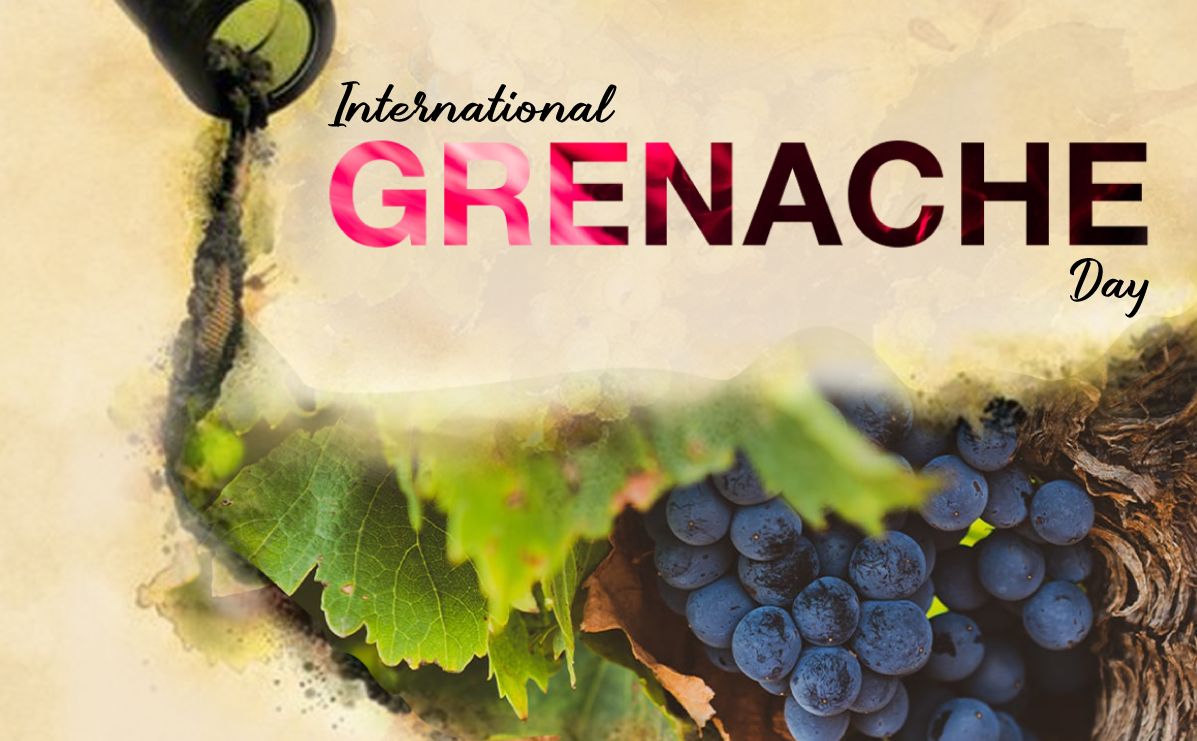
Garnacha or also known as Grenache has long been a lifesaver for Spanish, French and even Italian winemakers, but history has unfairly sent this variety to second or even third roles in the blends.
Thanks to the efforts of the right winemakers, grenache and garnacha are returning, and this time in the status of "Mediterranean pinot noir".
THE KINGDOM OF MEDITERRANEAN
We do not have the exact date of birth of the variety, but most of the sources agree that it appeared somewhere in the mountains of Aragon, in Spain between Catalonia and Navarra. The first mention of “tinto aragones”, red Aragonese, dates back to 1513. This theory is disputed by the Italians, or rather, the Sardis, because after three centuries of Spanish rule, their culture, language and even gastronomy have changed significantly. They claim that the “cannonau”, as the garnacha is called on the island of Sardinia, appeared earlier, and from there it came to the mainland. But here we will rely on the main ampelographist of the planet - Jose Vugliamos. For him, archives are not an argument, much more important is the diversity of clones in a particular region. Where there are more of them, there is a longer history of the variety. And in this standings, Aragon is in the lead.
Today the province is not widely known, but even before the unification with Castile and the creation of the prototype of a unified Spain, the kingdom of Aragon was an influential player in the Mediterranean. It owned lands in the south of France, Italy, including Sardinia, Sicily, and part of Greece. Garnacha is not entrenched everywhere, but small plantings are preserved even on Etna.
The rapid growth of its popularity came at a time after phylloxera: a persistent, unpretentious variety with generous yields and sugar was required. In the South Rhone grenache replaced the laborious mourvèdre, and from modern Châteauneuf it often went to Burgundy in order to “fix” complexity of Pinot Noir vintages. And why not, there is little color in grenache, the consumer would not notice the drill.
The limit of its popularity was reached by the end of the 20th century, when in 2000 the variety took the second place in the world. But further felling went, the image of a "workhorse" and "supplier of alcohol" was formed, the plantings fell by as much as 30% in 20 years. And at home in Spain, they continue to fall. It's a shame, comrades.
GARNACHA BY THE RULES
Grenache is called the “Pinot Noir of the Mediterranean'' for several reasons. The variety itself is pale and far from the high level of tannins, but the main similarity is not even that, but the wonderful ability to reflect the terroir. Changes in climate, soil and altitude give a completely different character to wine. To summarize, the dominant aromas usually contains ripe red berries, especially strawberries in its various manifestations, ripe black berries like plums and cherries, a large number of spicy herbs and a very special rose tone, which gives out thin, not overripe garnacha.
The taste of the grape variety is of medium acidity, closer to low, and low tannin level with a fairly high alcohol with an incomplete body. Pulling through this balance is not easy, but the outstanding examples are amazing.
From a gastronomic point of view, garnacha / grenache is extremely versatile with all its variety of styles. Any stew of meat, vegetables and legumes, fatty fish with the most acidic samples, hard cheeses. The main thing is not to overdo it with spices and pungency, high alcohol is not an assistant in this matter, so curry, perhaps, should not be served with a garnacha.
BUT! NOT A GARNACHA
In some parts of Spain, especially in the east of La Mancha and Valencia, it is not uncommon to find wines from the Garnacha Tintorera variety. On such bottles it is necessary to write "Not a garnacha"! This variety originated in the south of France, where it is called Alicante Boucher. This is a cross of grenache, which bears the name of alicante here, and petit bouchet. The variety turned out with red flesh, so everything is fine with the concentration of color.
But the garnacha of the peluda, also known as the hairy garnacha, is the garnacha=grenache. This clone got its name from the small hairs on the inside of the leaf. It is believed that the peluda gives a little more acidity, but in its pure form you can rarely find it, usually it comes across only in Catalonia and in Languedoc-Roussillon.
The mutations of the garnacha do not stop there, there is also the white garnacha, which is especially popular in the Catalan DO Terra Alta, and even the gray garnacha - “gris”. But let's talk more about them another time.

